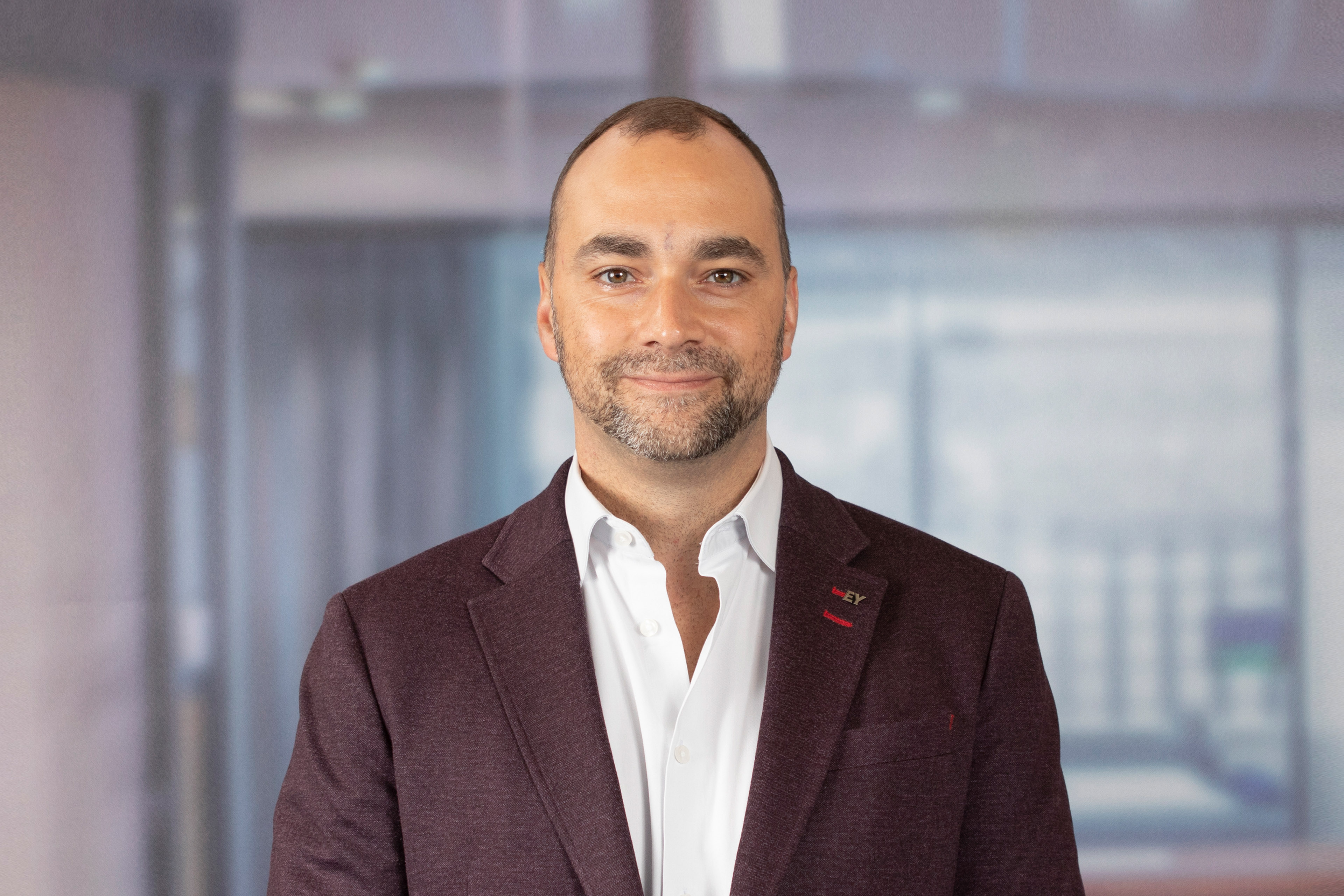EY refers to the global organization, and may refer to one or more, of the member firms of Ernst & Young Global Limited, each of which is a separate legal entity. Ernst & Young Global Limited, a UK company limited by guarantee, does not provide services to clients.
How EY can help
-
Discover how EY's risk consulting team can help your organization embrace disruption and turn risk into a competitive advantage.
Read more
Ever-changing security regulations, the global pandemic-driven spike in remote work and increasingly canny hackers all keep Chief Information Security Officers (CISOs) on high alert. In the EY Global Information Security Survey 2021, 36% of respondents reported they anticipate a major security breach that could be avoided through proactive cybersecurity investment, and 49% said compliance can be the most stressful part of their job.
“As the impacts of the pandemic unfolded, many businesses did not consider cybersecurity in their mitigation strategies, whether through oversight or an urgency to move as quickly as possible,” said Abhishek Madhok, Principal, Cybersecurity, Ernst & Young LLP. “As a result, new vulnerabilities entered an already fast-moving environment and continued to threaten businesses.”
An international consumer goods retailer hired a new CISO and issued a company-wide mandate to mature its cybersecurity program to combat these threatening forces. Faced with a collection of costly technology solutions and lacking a cohesive strategy to operationalize and orchestrate their capabilities, the CISO engaged EY’s Cybersecurity practice to define a three-year roadmap for improving the organization’s cyber posture, reducing business risk and strengthening customer trust.




